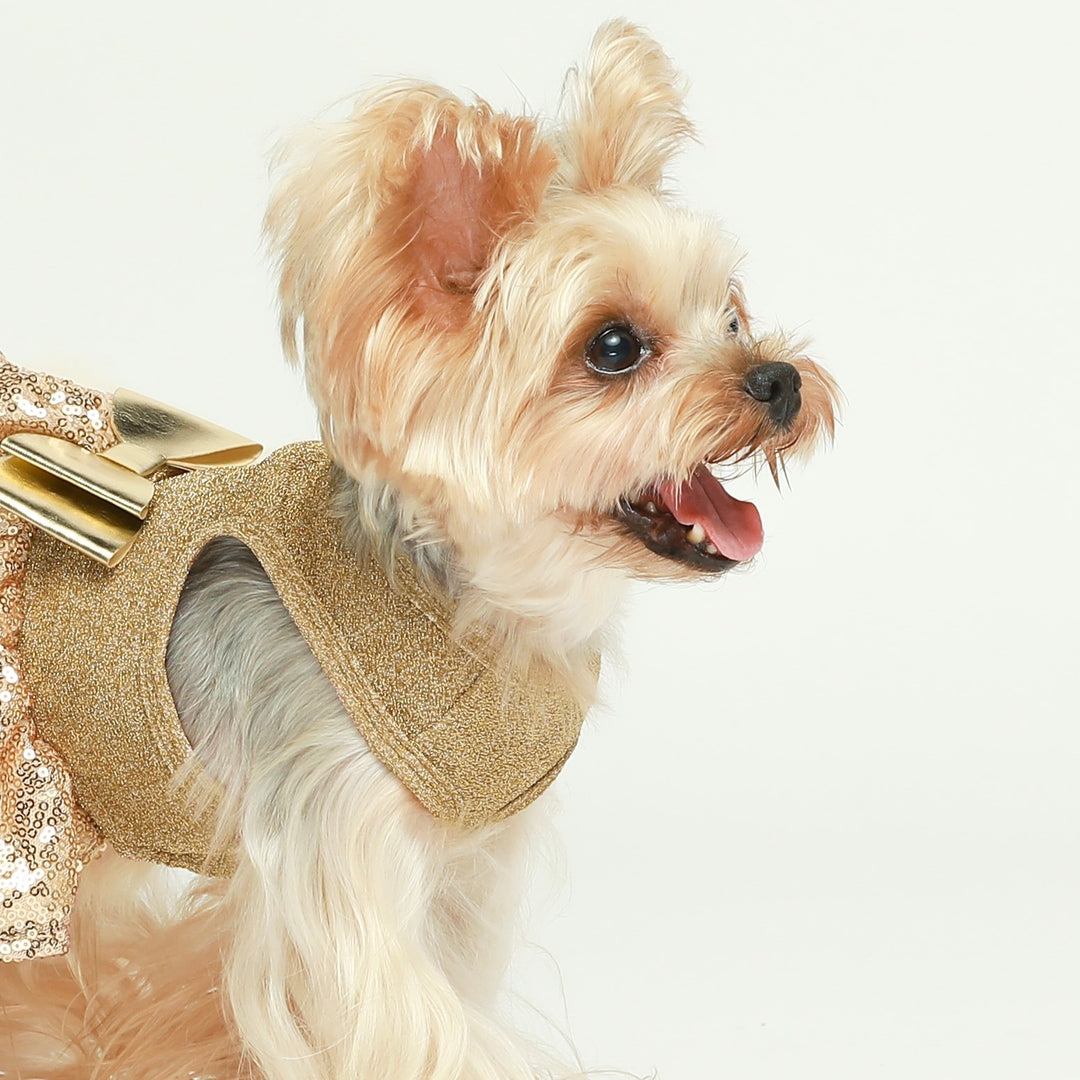Urban Canines: Tips for City Dog
As cities continue to grow, more people are bringing dogs into their urban homes, enjoying the companionship and joy these loyal pets provide. However, keeping a dog in a bustling city environment comes with unique challenges that aren’t as common in suburban or rural settings. With limited space, crowded sidewalks, and plenty of distractions, urban dog owners need to be creative and attentive to ensure their dogs are happy and well-behaved in city life. Fortunately, with the right training and care, dogs can thrive in these environments.

Instagram: my.man.mochi
Challenges of Keeping a Dog in the City
Owning a dog in an urban environment presents a unique set of challenges. Let’s break down some of the most common difficulties city dog owners encounter:
-
Limited Green Space: Urban areas often lack sufficient parks or dedicated dog-friendly zones. Many city-dwellers are limited to small parks or designated dog runs that can be overcrowded or far from home. Without ample space for running and playing, dogs may not get the exercise they need, which can lead to restlessness or weight gain. This lack of greenery can also make it difficult for dogs to relieve themselves naturally and comfortably.
-
Noise and Crowds: Cities are loud, bustling environments, full of noise from traffic, construction, sirens, and the constant flow of people. For many dogs, especially those who are nervous or have not been properly socialized, these constant sounds can lead to stress and anxiety. Crowded sidewalks and busy streets can overwhelm dogs, making walks feel more stressful than relaxing.
 Instagram: wing_mameshiba
Instagram: wing_mameshiba
-
Distractions Everywhere: With so many stimuli, from street vendors selling food to cyclists whizzing by, city streets are full of distractions that can pull a dog’s focus away during walks. It’s harder to train dogs in this setting because there are always new sights, smells, and sounds competing for their attention. This can make simple tasks like leash training or recall commands more challenging.
-
Apartment Living: Many city residents live in apartments or condos with limited indoor space. For active or larger dogs, this lack of space can lead to boredom or destructive behaviors if they don’t have enough room to move around. Staircases, elevators, and lack of outdoor access can make daily life a bit more complicated for city dogs, especially for bathroom breaks or getting the right amount of daily exercise.
-
Busy Lifestyles: City life often comes with long work hours or hectic schedules, which can mean less time spent with your dog. For city dog owners, this creates the challenge of finding ways to keep their dogs entertained and exercised throughout the day. Lack of time to walk and play can contribute to behavioral problems or health issues, as many dogs thrive on routine and regular engagement with their owners.
 Instagram: my.man.mochi
Instagram: my.man.mochiBy understanding these challenges, city dog owners can find better ways to adapt their routines and provide the best care for their urban canine companions.
Safe Tips for Dogs in the City
Ensuring your dog’s safety in an urban environment requires attention to their surroundings and their needs. Here are a few tips:
-
Use Reflective Dog Clothes: When walking your dog in busy areas, especially at night or early in the morning, consider dressing them in reflective dog clothes or a reflective harness. This increases visibility and ensures both you and your dog are easily seen by cyclists, cars, and pedestrians.
-
Leash Safety: Always keep your dog on a leash, especially near traffic or crowded areas. Urban streets are unpredictable, and a leash ensures your dog stays safe from moving vehicles and other hazards.
 Instagram: kimnosenchuk
Instagram: kimnosenchuk
-
Mind the Pavement: Hot pavement during summer can burn your dog’s paws, so opt for early morning or evening walks when the streets are cooler. In colder months, dog boots or paw balms can protect their paws from ice and salt.
-
Safe Public Transport: If you use public transportation with your dog, make sure they’re comfortable in the setting. Smaller dogs may benefit from traveling in carriers, while larger dogs should be trained to remain calm and stay close to you. Be mindful of other passengers, and avoid rush hour to reduce stress.
-
Avoid Toxic Plants and Chemicals: City streets and parks may have plants that are toxic to dogs or areas treated with pesticides or chemicals. Be cautious about where your dog sniffs or eats during walks. Stick to dog-friendly areas and watch for any signs warning of chemical treatments.
 Instagram: deo_piper_cavoodles
Instagram: deo_piper_cavoodles-
Watch for Street Food: In a busy city environment, it’s common for dogs to come across dropped food or trash. Train your dog to leave food or objects they find on the ground, as some items may be harmful. A "leave it" command can help keep them safe from spoiled food or dangerous objects.
By following these safety tips, you can enjoy city life with your dog while keeping them healthy, comfortable, and secure in their urban environment.
City Dogs Training Tips
Training a dog in the city requires consistency, patience, and a focus on the specific challenges that urban environments present:
-
Leash Training: A well-trained dog on a leash is essential in cities. Practice loose-leash walking to ensure your dog isn’t pulling and is walking calmly by your side, despite all the distractions. This will help keep your dog safe in crowded areas and near traffic.
-
Bark Control: In a busy city, excessive barking can be a common issue for dogs, especially with all the new sounds and stimuli. To help manage barking, teach your dog the "quiet" command. When your dog barks, gently interrupt them with a calm but firm command, and reward them when they stop barking. Consistency is key—avoid yelling, as this may escalate the barking. You can also redirect their attention with toys or treats when they bark at distractions, gradually helping them understand when it's time to be quiet.
 Cavalier King Charles Spaniel in a Bad to the Bone Dog Hoodie
Cavalier King Charles Spaniel in a Bad to the Bone Dog Hoodie
-
Socialization: Socialization is key for urban dogs. Introduce them to other dogs, people, and new environments early on to prevent fear or aggression in social situations. Urban dog parks or dog-friendly cafes can be great places to help your dog adjust and remain well-behaved around others.
-
Elevator Etiquette: If you live in an apartment building, it's essential to teach your dog proper behavior in elevators. Work on calm entry and exit, as well as sitting or standing quietly while the elevator is in motion. This will make daily trips in and out of your building smoother and more stress-free for both of you.
 Instagram: frankyandmabel
Instagram: frankyandmabelBy incorporating these training tips, you can help your dog navigate the challenges of city life with ease, ensuring they remain calm, obedient, and happy in an urban environment.
How to Entertain a Dog in Limited Space
Entertaining a dog in a small apartment or confined space may seem challenging, but with the right activities, you can keep your dog engaged and happy:
-
Interactive Toys: Invest in toys that stimulate your dog's brain and encourage problem-solving. Puzzle toys and treat-dispensing toys can provide hours of entertainment and mental stimulation, even in a small area.
-
Indoor Agility Courses: Set up a mini obstacle course in your living room using furniture, cushions, and household items. Teach your dog to jump over small barriers, weave through chairs, or crawl under tables to keep them active and agile.
 Instagram: bowiebojack
Instagram: bowiebojack
-
Training Sessions: Incorporate short, fun training sessions throughout the day. Teaching your dog new tricks or reinforcing basic commands keeps their mind sharp and prevents boredom.
-
Scent Games: Hide treats around your apartment and encourage your dog to use their nose to find them. This engages their natural instincts and provides a fun, stimulating challenge, even in limited space.
These activities can help keep your dog entertained and mentally stimulated, despite living in a smaller space.
City Dogs Can Thrive with the Right Care
Living with a dog in the city comes with its own set of challenges, but with proper training, safety measures, and a bit of creativity, city dogs can thrive. Whether it’s choosing the right dog clothes for visibility, providing adequate exercise, or ensuring they are well-trained, city life can be just as fulfilling for your dog as life in the countryside. With patience and attention to their needs, urban dogs can enjoy all the excitement and adventure that city living has to offer.

Instagram: dantethechichi














